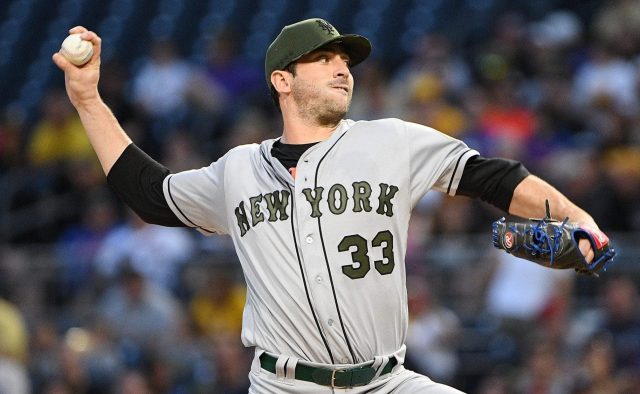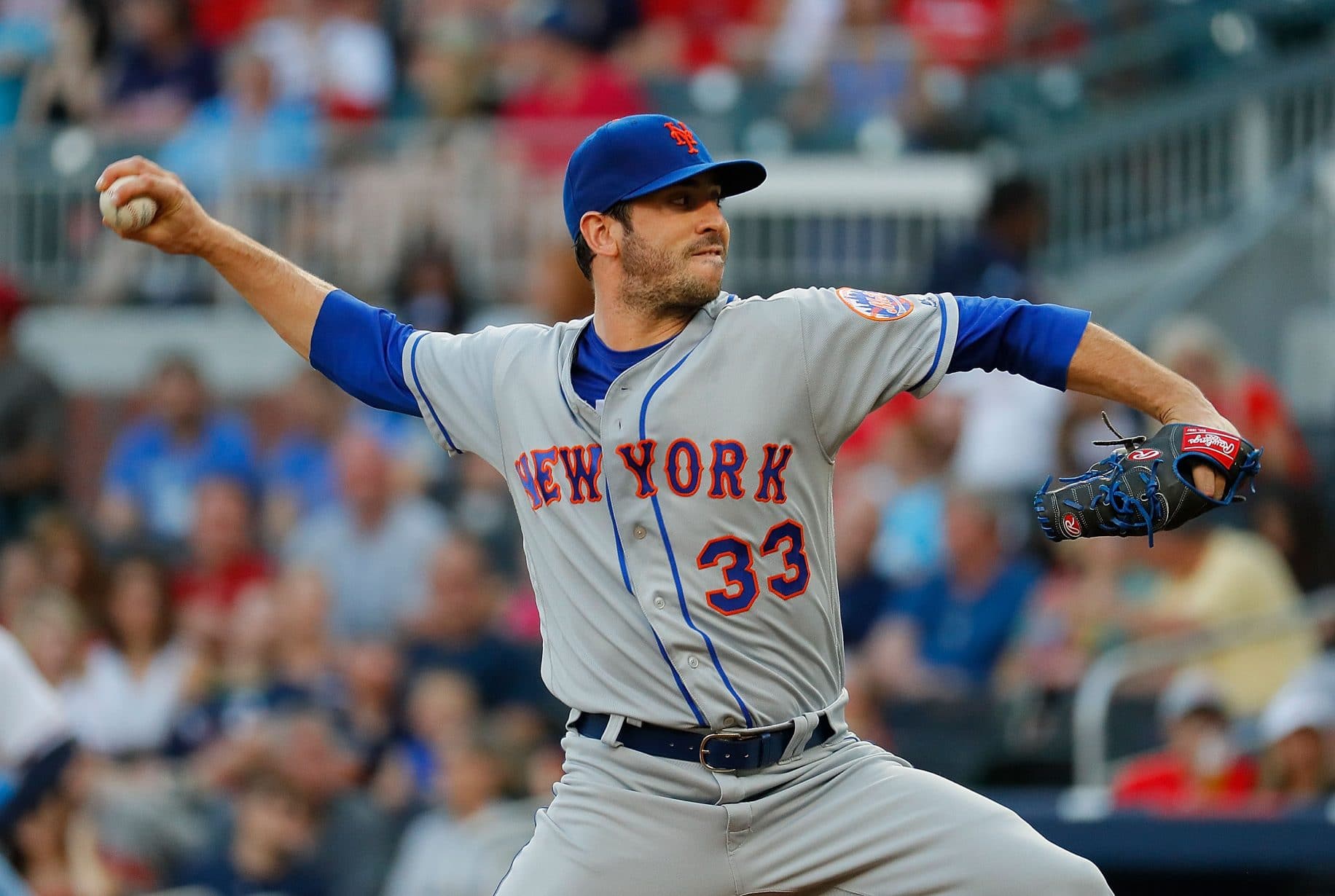New York Mets: Matt Harvey’s mechanics might actually be worse

New York Mets pitching coach Dave Eiland claims Matt Harvey’s mechanics have been cleaned up, but in reality, they may be worse than ever.
When the New York Mets brought in Mickey Callaway and Dave Eiland, the hope was that the new manager and pitching coach could help the team’s immensely talented pitching staff stay on the field and be effective.
One of those talented pitchers, Matt Harvey, has notably had back-to-back seasons filled with both injuries and troubling results.
So when Eiland explained to reporters, including SNY’s Steve Gelbs, that both he and Harvey have watched tape and found some sloppy mechanics that they plan to fix, things seem bright for Harvey’s the
Mets Pitching Coach Dave Eiland on Matt Harvey pic.twitter.com/lvVHG9bEmV
— Steve Gelbs (@SteveGelbs) February 14, 2018
Even though the mechanics have been identified as the cause for Harvey’s struggles, they do not seem to be fixed yet.
Matt Harvey in slow-mo pic.twitter.com/7QwoDK8G6h
— SNY (@SNYtv) February 10, 2018
The above video clip from shows one of Harvey’s recent bullpen sessions at camp in Port St. Lucie. Unfortunately, the mechanical strides that Eiland describes do not seem to be present in the clip.
If you pause the video at the seven-second mark, you will understand why. At that mark, you see Harvey is at the power position in his delivery. Here is a photo from 2017 that shows his power position.

Let’s start with this photo before we dive into the clip. In this photo, Harvey displays multiple mechanical issues, starting with his front end.
You can see that Harvey’s glove is positioned on a flat plane, which is due to his left arm being straight and extended too far out.
Continuing to work our way up his left arm we can see that his left shoulder is significantly elevated above his right throwing shoulder.
Because of his left shoulder elevation, Harvey’s throwing shoulder then dips to a lower angle. This reactively causes his throwing arm to rest in more of an obtuse, open angle.
In 2015, when Harvey was on top of his game, we saw a nearly perfect 90-degree angle made by his throwing arm in the power position. Meanwhile in 2017, when his performance was reeling, his arm is more at a 110-degree angle.
[sc name=”Mets Center” ]Consequently, in 2017 the ball is located below the top of his hat at the peak portion of his power position. This is a significant mechanical issue, one which affects both his power and release point.
Now, back to the video from last week. If this issue were fixed, we would see the ball located above his head and his elbow on an equal plane as his throwing shoulder.
However, at the seven-second mark of the clip, his elbow is somehow lower than it was in 2017, which means the ball too is located lower. His arm is nowhere near a 90-degree angle and his glove arm continues to be too flat and elongated.
Harvey’s torso is also tilted back and much more straight up than it was in either 2015 or 2017. Of course, we haven’t seen Harvey throw a game pitch yet this spring, but this video should create more worry than excitement amongst Mets fans.
His mechanics do not seem to be getting better, in fact, they could actually be getting worse.
[sc name=”Mets Link Next” link=”https://elitesportsny.com/2018/02/18/new-york-mets-zack-wheeler-start-2018-bullpen/” text=”Why Zack Wheeler Should Start 2018 In Mets’ Bullpen” ]I am a Senior currently attending the Rutgers Business School in New Brunswick. I am a lifelong New York Mets fan, and writing about the team is my passion.






